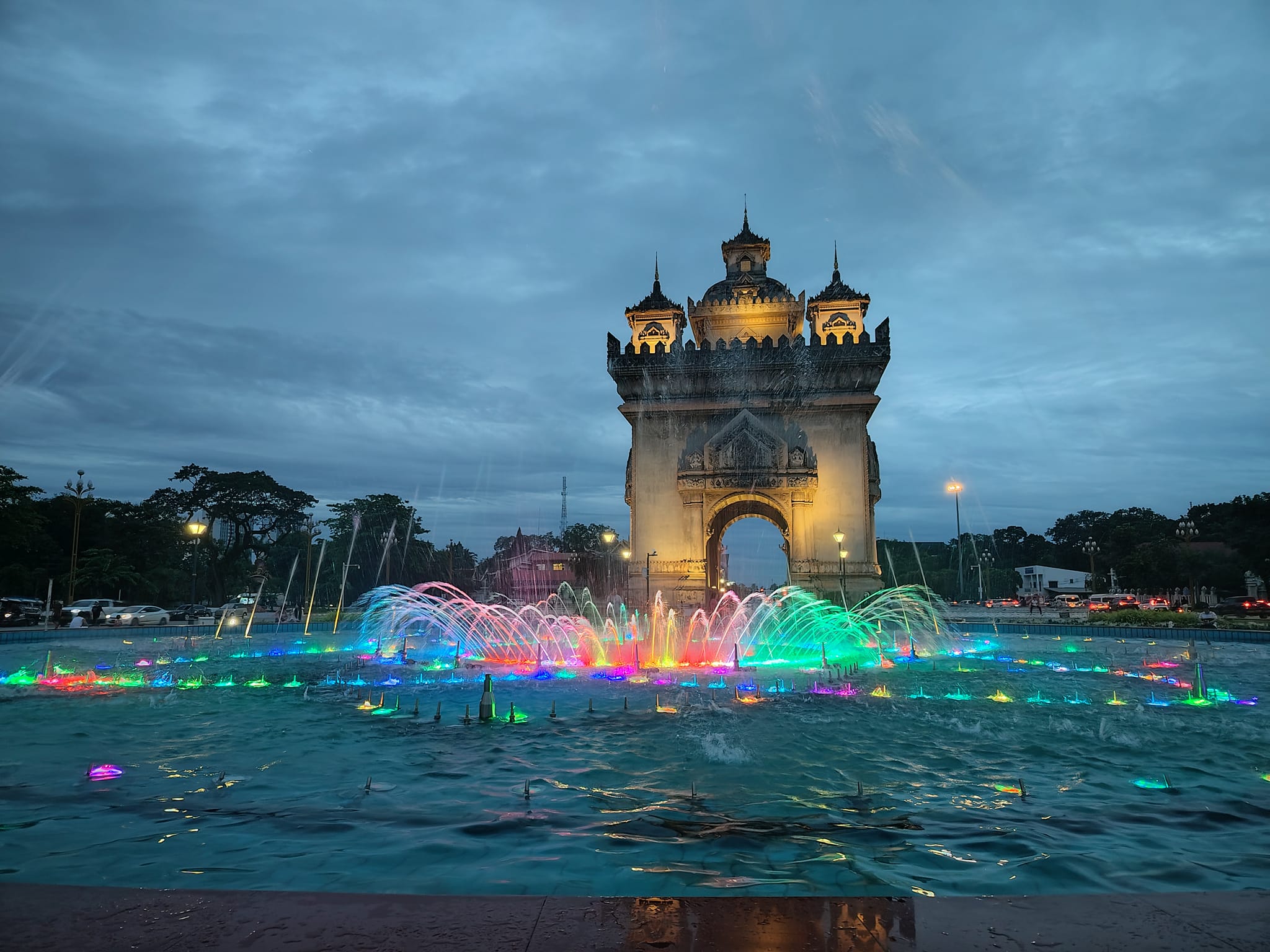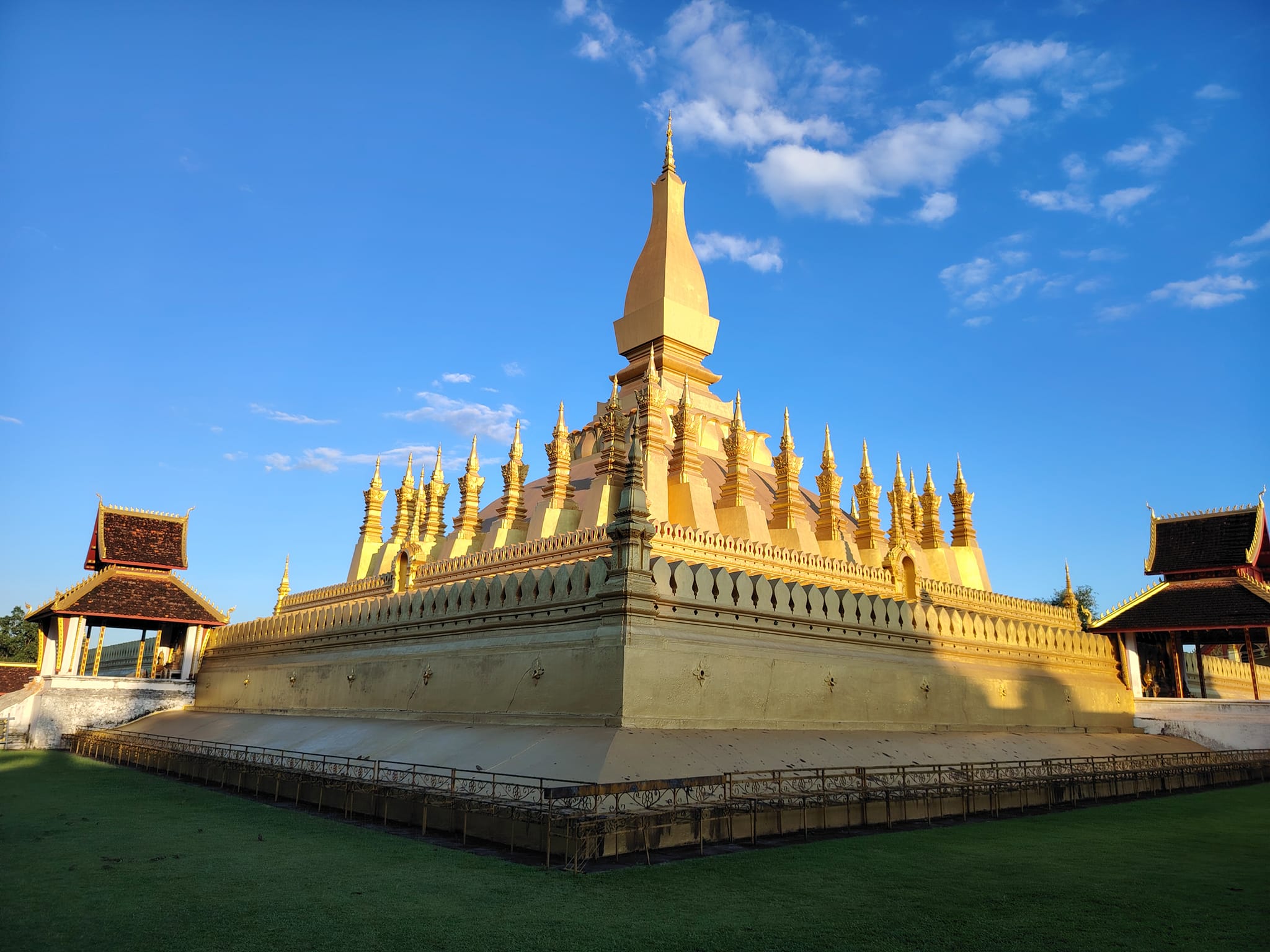Vientiane: A Journey Through Laos' Serenity and Cultural Richness
For the adventurous traveler with an eye for beauty and culture, Vientiane offers a unique experience that fuses tranquil landscapes, spiritual heritage, and modern developments. Compared to its bustling neighbors—Thailand, Vietnam, and the Philippines—Vientiane feels like a peaceful oasis, inviting visitors to slow down and embrace life at a gentler pace.
While Laos is poorer than the Philippines, this is reflected not in its charm but in the modest lifestyle of its people and the capital itself. Here, the sense of pride, community, and sustainable development shapes Vientiane’s identity and offers valuable lessons for travelers seeking more than just sightseeing.
How to Get There From the Philippines
Traveling from Manila to Vientiane usually involves a flight to Bangkok, Thailand, followed by a connecting flight to Wattay International Airport. Lao Airlines, AirAsia, and Thai Airways operate regular flights. For those craving a bit of adventure, take the land route by bus or train via Nong Khai at the Laos-Thailand border. Crossing the Friendship Bridge gives you a scenic introduction to the Lao countryside.

Exploring the Heart of Vientiane
Though modest in size, Vientiane overflows with charm, culture, and quiet adventure. Its streets are lined with colonial architecture and Buddhist temples, markets buzz with local life, and the Mekong River offers a beautiful backdrop at sunset.
Pha That Luang
This golden stupa, built in the 16th century, is the national symbol of Laos. It represents both the country's Buddhist faith and its resilience. Visiting during festivals allows you to witness colorful ceremonies and traditional practices in action (TravelSetu)Patuxai Monument
Modeled after Paris’ Arc de Triomphe, Patuxai is a blend of French influence and Lao identity. Climb to the top for panoramic views of the city and appreciate the intricate carvings along its walls, reflecting local art styles (TravelSetu, Wat Si Saket and Ho Phra Keo)Home to thousands of Buddha statues, Wat Si Saket is a spiritual haven. Nearby, Ho Phra Keo once housed the Emerald Buddha—now located in Bangkok—showcasing the city’s historical ties with neighboring Thailand (TravelSetu,Global Times)
COPE Visitor Centre
Learn about the impact of the Vietnam War and how Laos continues to recover from unexploded ordnance (UXO). It’s a sobering but inspiring experience, demonstrating the resilience of the Lao people (TravelSetu)Buddha Park
A short drive from the city, this surreal park houses over 200 Buddhist and Hindu sculptures, creating a mystical setting perfect for reflection—or whimsical photos (TravelSetu,Global Times)Vientiane Night Market
As evening falls, head to the night market along the Mekong River. Enjoy local delicacies, browse traditional textiles, and watch the sunset over the water—a quintessential Vientiane experience.
A Modern Twist: The China-Laos Railway
The newly opened China-Laos high-speed railway has transformed travel across Laos. What once took days by road now takes just hours. This railway connects Vientiane with Luang Prabang and Kunming, providing tourists easy access to Laos’ natural wonders, such as Vang Vieng’s limestone karsts and Luang Prabang’s waterfalls and temples (Wikipedia,Global Times)
This project—part of China’s Belt and Road Initiative (BRI)—demonstrates Laos’ commitment to modernizing infrastructure while promoting tourism and trade. It offers valuable insights for countries like the Philippines on the importance of regional connectivity and sustainable development.
A Contrast with Its Neighbors
Unlike Thailand and Vietnam, which enjoy rapid urbanization, Vientiane retains a small-town feel, giving visitors a sense of nostalgia. The modest lifestyle of the Lao people reflects the nation’s economic challenges, but this simplicity is also a source of strength. While cities like Bangkok and Manila boast glitzy malls and traffic-filled streets, Vientiane’s charm lies in its unhurried pace and cultural preservation.
An interesting observation is that former French colonies like Laos retain an appreciation for heritage and sustainability, whereas countries like the Philippines, with its American colonial legacy, focus more on consumerism and modernization. The shift in global influence—with Laos looking to China for development—highlights the evolving dynamics of Southeast Asia, where even smaller nations are finding ways to thrive through regional cooperation and tourism.
Recommendations for Adventurers
Take the China-Laos Railway for a Scenic Journey
The train ride from Vientiane to Luang Prabang is more than just transportation—it’s a journey through the heart of Laos’ countryside, offering unmatched scenery and a glimpse into the country’s transformation.Engage with Local Communities and Traditions
Don’t just visit temples—participate in local festivals or ceremonies to experience the depth of Lao culture. The hospitality of the Lao people will make your trip all the more memorable.Travel Mindfully and Embrace Simplicity
Vientiane teaches the value of mindful travel. Stay in eco-friendly accommodations, respect local customs, and appreciate the slower pace of life—lessons that you can take back to the Philippines.
A Journey Worth Taking
Vientiane may not offer the high-energy vibe of Bangkok or the modern conveniences of Manila, but its authenticity and serenity provide a different kind of adventure. It’s a place where spirituality, culture, and history converge, offering travelers not only beautiful sights but also valuable lessons in resilience, humility, and sustainability.
So, for Filipino travelers eager to explore new cultures, Vientiane offers more than just a destination—it offers a chance to reconnect with what truly matters in life: community, simplicity, and meaningful experiences.
